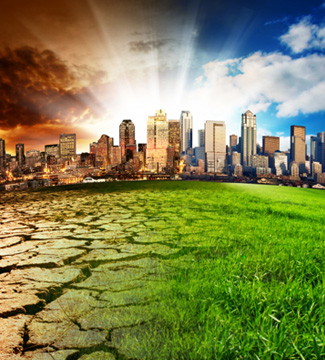 As temperatures rise, the frequency and severity of storm systems is forcing prospective homeowners to build for inclement weather. Stronger wind systems, storm surges and flooding all need to be taken into account when constructing new homes to prevent damage and save lives. Extreme temperatures also mean that home owners need to focus on effective building envelopes to keep comfortable, reduce their home’s impact on the environment and save money on energy.
As temperatures rise, the frequency and severity of storm systems is forcing prospective homeowners to build for inclement weather. Stronger wind systems, storm surges and flooding all need to be taken into account when constructing new homes to prevent damage and save lives. Extreme temperatures also mean that home owners need to focus on effective building envelopes to keep comfortable, reduce their home’s impact on the environment and save money on energy.
Storm Surges
When selecting the location for your new home, be cognizant of rising water levels and storm surges. Many insurance companies will no longer cover homes that are situated in flood zones. NOAA has been working hard to help keep people informed of the dangers of flooding and storm surges in the US. Following the devastation along the New York and New Jersey coastlines in 2012, new color-coded maps have been released which show where water surges can take place during storms.
If you do live in an area where flooding is frequent, prevent your basement from flooding by installing proper drainage and a pump. Ensure that the areas around your foundation are on a slope so that water is able to drain away from the home.
ICFs are made from Styrofoam blocks filled with concrete and are so strong that they are able to withstand hurricanes, tornadoes, earthquakes and fires. Even military institutions and schools are utilizing ICFs to create safe, healthy and energy efficient structures. Stronger by far than conventional housing options, homes made from ICFs can withstand the pressure of storm surges and aren’t susceptible to rot or mold.
Building for High Winds
If high wind events are common in your area, pay special attention to building codes around hurricane straps and ensure that the home is prepared for the shear and uplift forces that are exerted on the home during storms.
Avoid the cost and extra labor of using hurricane straps, by opting for taller wall sheathing panels or use ICF construction. ICFs are one of the best solutions to flooding and high winds and provide homeowners with the peace of mind that a safe house brings coupled with the savings that the incredible insulating value provides.
Building Envelopes
Climate change not only means stronger storm systems, it also means more extreme temperatures. One way to keep your home comfortable and save on energy is to create an effective building envelope. Use wall and roofing systems that allow you to insulate the home. Here again, ICFs provide one of the best insulating options.
Couple your tight building envelope with Energy Star appliances and you can move to reduce the carbon footprint of your home and slash your energy costs.
Whether you are buying a home, building a home or retrofitting a home, always take your climate zone, weather and climate change into account to ensure the safety of your family and property.